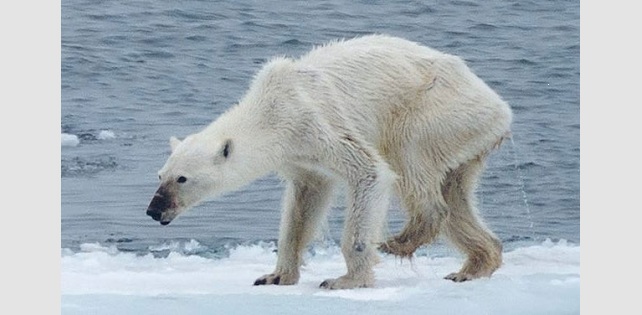Your How do animals get vitamin d images are ready in this website. How do animals get vitamin d are a topic that is being searched for and liked by netizens today. You can Get the How do animals get vitamin d files here. Get all royalty-free photos and vectors.
If you’re looking for how do animals get vitamin d pictures information linked to the how do animals get vitamin d interest, you have pay a visit to the right blog. Our site always provides you with hints for refferencing the maximum quality video and image content, please kindly surf and locate more enlightening video articles and graphics that match your interests.
How Do Animals Get Vitamin D. Oh and by the way, i mention cats and dogs, but this info applies to all furry mammals and also to birds. Vitamin d3 is produced in skin with exposure to uvb light from the sun. Animals and birds covered with fur or feathers may not get much sunlight hitting their skin, but they can make vitamin d in their fur or feathers and then swallow. Most of the vitamin d metabolites in cattle are derived from vitamin d3.
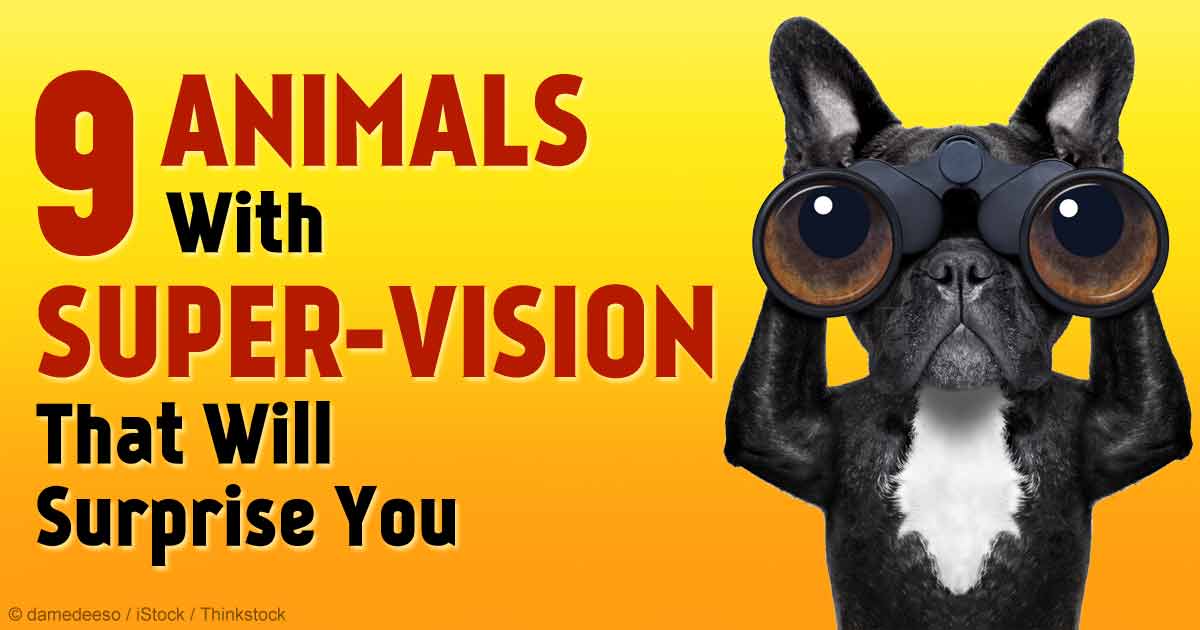 9 Animals with Good Eyesight or May Even Be Better Than Yours From healthypets.mercola.com
9 Animals with Good Eyesight or May Even Be Better Than Yours From healthypets.mercola.com
Indoor cats get vitamin d from their food. 1 billion people around the world struggle to obtain the recommended amount of vitamin d. Vitamin d deficiency in dogs. Press j to jump to the feed. Vitamin d and your feline friend your cat, on the other hand, does not process vitamin d in the same manner. The elderly and nursing home residents, those struggling with obesity, and hospitalized patients all struggle to generate sufficient amounts of vitamin d each year.
Animals and birds covered with fur or feathers may not get much sunlight hitting their skin, but they can make vitamin d in their fur or feathers and then swallow.
Vitamin d enables the absorption of calcium from the intestine in small quantities which is then excreted by the kidneys. This is due either to their physical makeup or the. Higher bile acidity flushes vitamin d out of the gut. Known as the “sunshine vitamin” because exposure to sunlight helps the body produce it naturally, vitamin d is an essential vitamin for dogs, which means the dog’s own body does not produce a sufficient amount and therefore vitamin d must be included in the animal’s diet for the dog to maintain optimal health. A high fat diet changes bile acidity making it more acid. 1) bile acidity, 2) gut gene polymorphisms.
 Source: mizzfit.com
Source: mizzfit.com
A high fat diet changes bile acidity making it more acid. In humans and in many animal species, exposure to ultraviolet light in the form of sunshine is enough to produce a sufficient amount of vitamin d to maintain good health. Vitamin d and your feline friend your cat, on the other hand, does not process vitamin d in the same manner. For this reason, dogs and cats differ from people and other animals in that they derive all their vitamin d from food, and none from sunlight. It does not make any difference if a cat is an indoor cat or an indoor/outdoor cat.
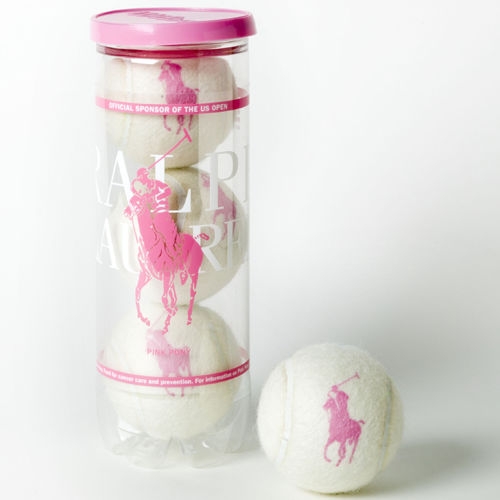 Source: mizzfit.com
Source: mizzfit.com
Other sources of vitamin d include muscle meat and egg yolks. Other sources of vitamin d include muscle meat and egg yolks. This is further explored in vitamin d(3) synthesis in the entire skin surface of dairy cows despite hair coverage. (hymoller and jensen, 2010), where they found that cows synthesise vitamin d all over their body, where they dispute an idea that vitamin d is manufactured in the fur secretions, and. Oh and by the way, i mention cats and dogs, but this info applies to all furry mammals and also to birds. One way that animals have evolved to get vitamin d is by licking their fur.
 Source: healthypets.mercola.com
Source: healthypets.mercola.com
Animal meat such as fish, meat, offal, egg, and dairy are the primary sources of naturally occurring vitamin d3. But most animals who are nocturnal would get it from their diet, by eating organs or plankton. Vitamin d3 is produced in skin with exposure to uvb light from the sun. Animals and birds covered with fur or feathers may not get much sunlight hitting their skin, but they can make vitamin d in their fur or feathers and then swallow. Vitamin d and your feline friend your cat, on the other hand, does not process vitamin d in the same manner.
 Source: mizzfit.com
Source: mizzfit.com
Vitamin d deficiency in dogs. Higher bile acidity flushes vitamin d out of the gut. Vitamin d2, which is produced in fungi, can be acquired from forages but is only a minor source for cattle. Others, like bats, apparently are deficient in vitamin d, but it doesn�t seem to impair their metabolism or serum mineral concentration. This is due either to their physical makeup or the.
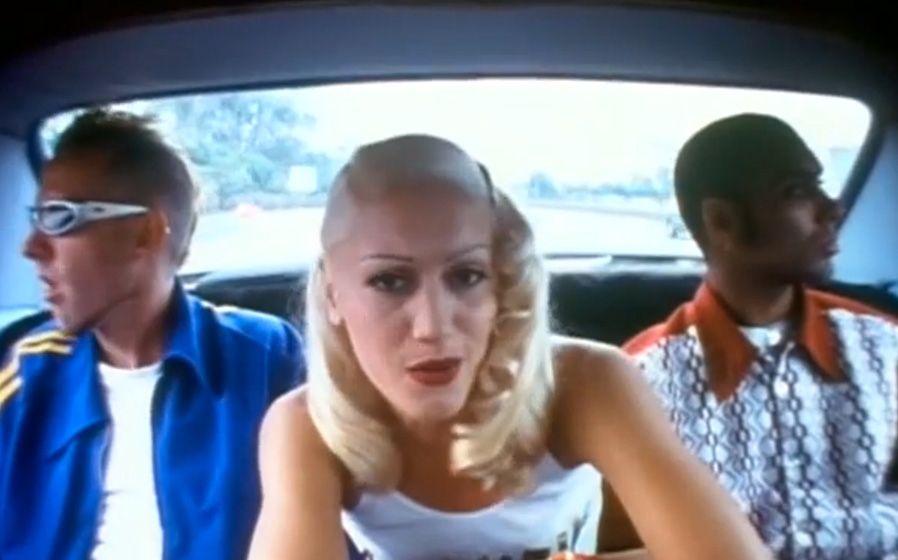 Source: mizzfit.com
Source: mizzfit.com
Animals kept in confinement, as in modern pig and poultry commercial operations, without exposure to sunlight will require vitamin d. We “naked apes” got the short end of that adaptation mechanism. Animals and birds covered with fur or feathers may not get much sunlight hitting their skin, but they can make vitamin d in their fur or feathers and then swallow. Vitamin d helps maintain the levels of calcium, keeping teeth and bones strong and healthy. Animal meat such as fish, meat, offal, egg, and dairy are the primary sources of naturally occurring vitamin d3.
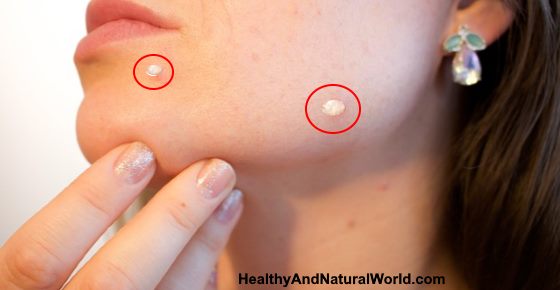 Source: healthyandnaturalworld.com
Source: healthyandnaturalworld.com
The elderly and nursing home residents, those struggling with obesity, and hospitalized patients all struggle to generate sufficient amounts of vitamin d each year. We have to have sun on the skin or foods that have ‘d’ in abundance, which is, interestingly, sea food. Most animals produce vitamin ‘d’ and vitamin ‘c’ within their own systems. Animals kept in confinement, as in modern pig and poultry commercial operations, without exposure to sunlight will require vitamin d. Oh and by the way, i mention cats and dogs, but this info applies to all furry mammals and also to birds.
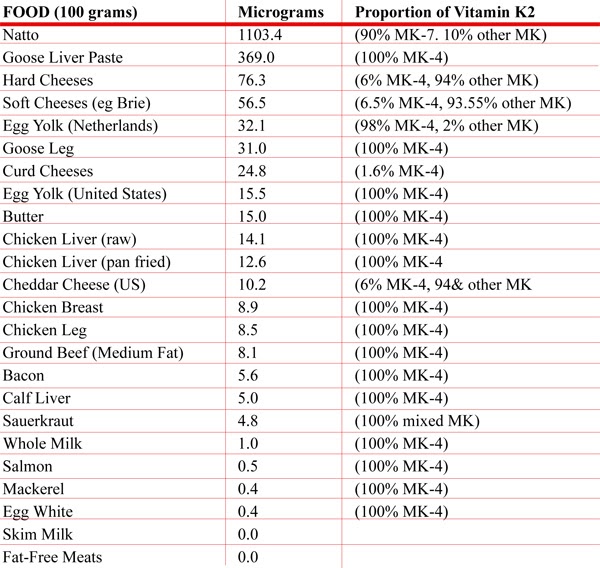 Source: cassies-candida-carbs.blogspot.com
Source: cassies-candida-carbs.blogspot.com
For this reason, dogs and cats differ from people and other animals in that they derive all their vitamin d from food, and none from sunlight. 1) bile acidity, 2) gut gene polymorphisms. Others, like bats, apparently are deficient in vitamin d, but it doesn�t seem to impair their metabolism or serum mineral concentration. The activated animal form of vitamin d3 (cholecalciferol) is the form that is of importance in other omnivores and carnivores. In humans and in many animal species, exposure to ultraviolet light in the form of sunshine is enough to produce a sufficient amount of vitamin d to maintain good health.
 Source: healthypets.mercola.com
Source: healthypets.mercola.com
When they lick their body, to groom or clean themselves, they ingest the vitamin d orally. However, not all animals are able to get vitamin d from sunshine. Indoor cats get vitamin d from their food. Vitamin d2, which is produced in fungi, can be acquired from forages but is only a minor source for cattle. Most of the vitamin d metabolites in cattle are derived from vitamin d3.
This site is an open community for users to submit their favorite wallpapers on the internet, all images or pictures in this website are for personal wallpaper use only, it is stricly prohibited to use this wallpaper for commercial purposes, if you are the author and find this image is shared without your permission, please kindly raise a DMCA report to Us.
If you find this site serviceableness, please support us by sharing this posts to your own social media accounts like Facebook, Instagram and so on or you can also bookmark this blog page with the title how do animals get vitamin d by using Ctrl + D for devices a laptop with a Windows operating system or Command + D for laptops with an Apple operating system. If you use a smartphone, you can also use the drawer menu of the browser you are using. Whether it’s a Windows, Mac, iOS or Android operating system, you will still be able to bookmark this website.





